The Feds Seek to Reign in the Mighty Mississippi.
Excellent large-format map of the lower Mississippi, between Washington, Mississippi, and the deltaic region around New Orleans.
This map was produced as part of the Army Corps of Engineers' massive project to limit the devastating floods that would cyclicly destroy the fields adjacent to the river. The project was started after the particularly destructive floods of 1927, which caused $400 million dollars of destruction. This flood was one of the most severe floods in U.S. history, affecting several states along the Mississippi River Valley over an extended period. The catastrophic event resulted in over 200 reported deaths, displaced hundreds of thousands of people, and profoundly reshaped the region's social and economic landscape in the years that followed.
The map is extraordinarily detailed. The many tributaries, lakes, and other hydrographical features associated with the river are mapped on an impressive scale. Cities, towns, and railroads are also mapped. The deltaic region is treated in particular detail.
The map was printed by the Army Map Service in 1943, following from the 1939 edition.
A History of the Mississippi River Commission
By the second half of the nineteenth century, the great need for navigation improvements and flood control on the Mississippi River was clear. Following several decades of political, engineering, and regional discord, Congress finally embraced the need for a single authority to oversize river improvements on the Mississippi River. On June 28, 1879 , the federal legislature established the Mississippi River Commission (MRC) as an executive body reporting directly to the Secretary of War.
The original legislation granted the MRC extensive jurisdiction on the Mississippi River from its headwaters at Lake Itasca , Minnesota, southward to just short of its terminus in the Gulf of Mexico. The act also empowered the MRC to make surveys and investigations necessary to prepare plans to improve the river channel, protect the banks, improve navigation, prevent destructive floods, and promote commerce. The legally mandated membership of the MRC called for three officers from the U.S. Corps of Engineers, one member from the U.S. Coast and Geodetic Survey (now the National Oceanic and Atmospheric Administration), and three civilians-all nominated by the President and confirmed by the Senate.
The act creating the MRC also authorized the Secretary of War to detail officers, men, vessels, and instruments from both the Corps of Engineers and the Coast and Geodetic Survey to the MRC to enable the Commission to carry out its mission. The first meeting of the MRC was held in Washington , D.C. , on August 19, 1879 , and headquarters were established in St. Louis , Missouri.









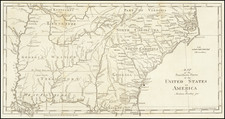
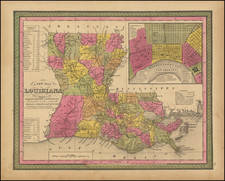
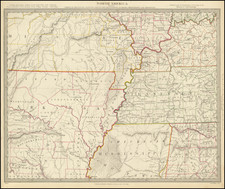
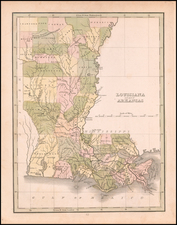
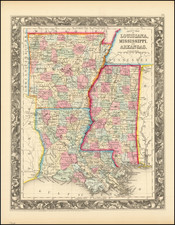
![[ St. Henry's Church, New Orleans and Mission ] La Mission de St. Henri, Diocese de la Nouvelle-Orleans (Etats-Unis)](https://storage.googleapis.com/raremaps/img/small/99740.jpg)